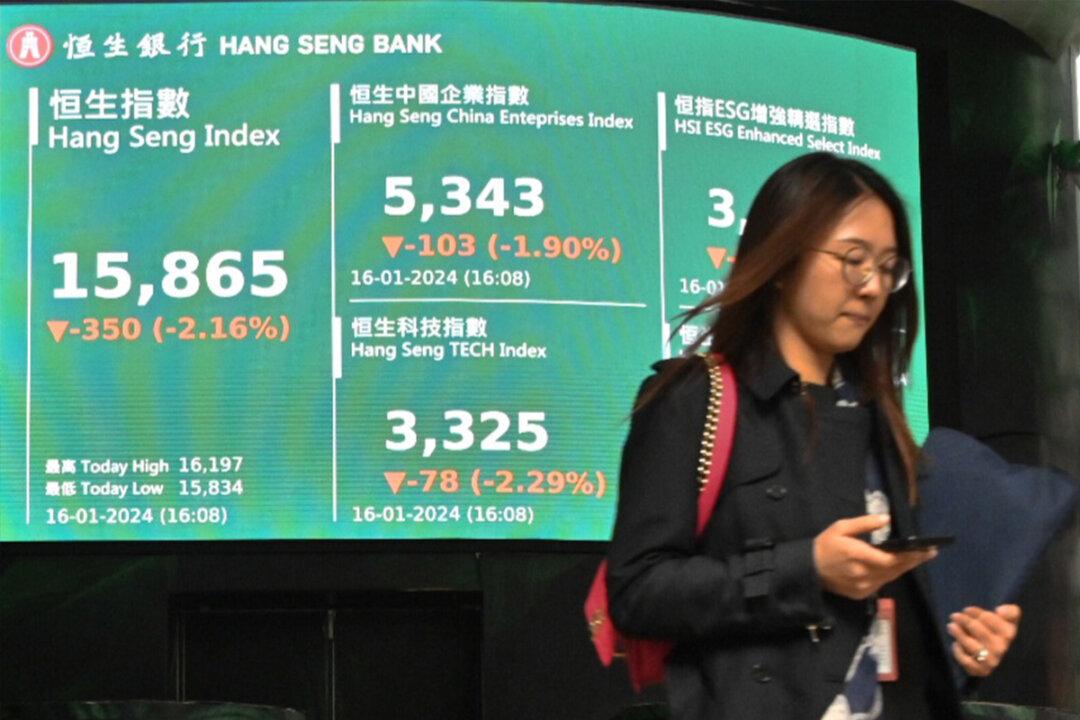China’s economy has rapidly deteriorated since the end of the second quarter, with the anticipated “revenge” rebound following the relaxation of pandemic restrictions largely absent. There was only a brief recovery in business activity in the first quarter. Even U.S. President Biden commented this month that China’s economy and society are “in trouble” and noted, “That’s not good because when bad folks have problems, they do bad things.”
Recently, China’s Country Garden and Sino-Ocean Group, defaulted on their debts, and Zhongzhi Enterprise Group and Zhongrong Group had a liquidity crunch dubbed China’s Lehman Moment. Coupled with the severe floods in northern China, deflation, sharp declines in imports and exports trade, the authorities’ decision to no longer disclose youth unemployment rates, and unexpected intentions to reduce interest rates to facilitate financing, all reflect an unfavorable overall situation.




